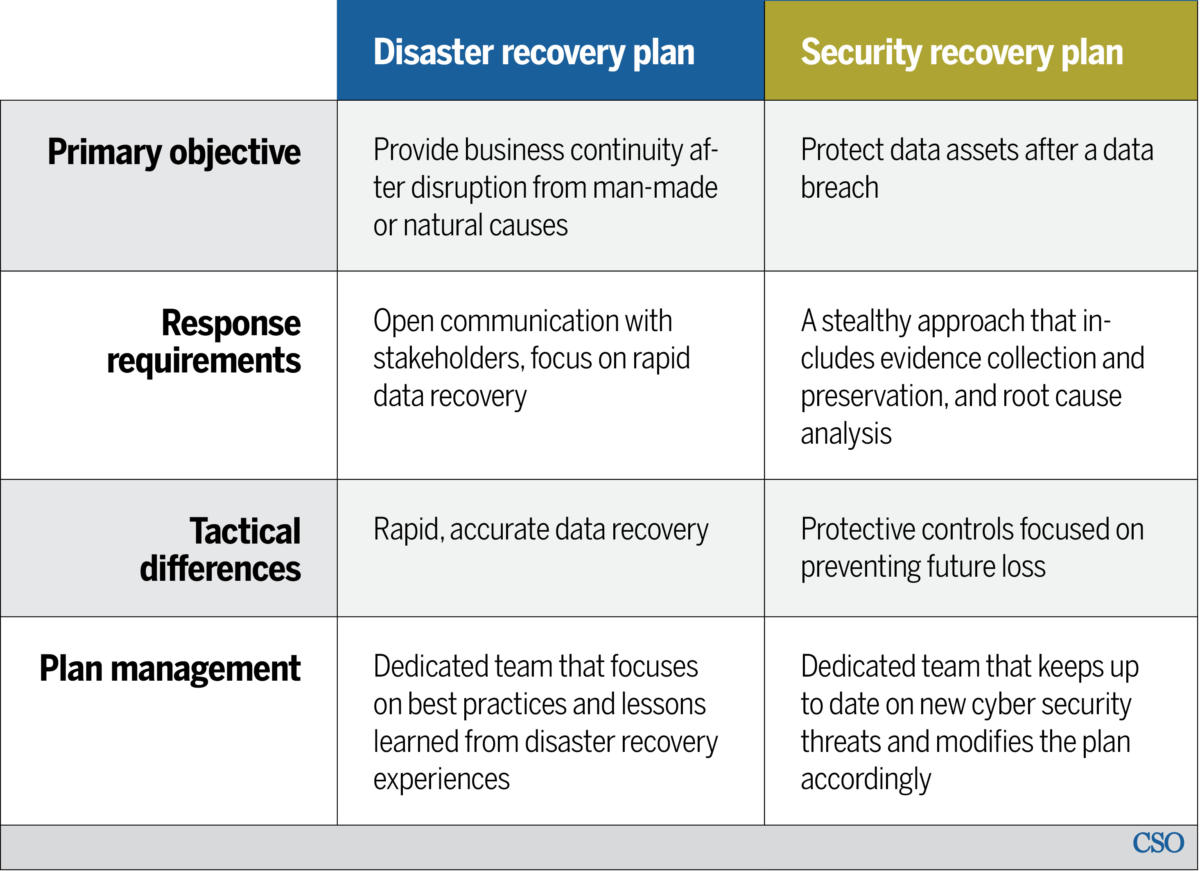
Cybersecurity disaster planning is a critical aspect of protecting your organisation from cyber threats. A disaster can be anything that significantly impacts your organisation’s ability to operate, such as a cyber-attack, a natural disaster, or a major hardware failure. Here are some steps you can take to create a cybersecurity disaster plan:
- Identify Potential Threats: The first step in creating a cybersecurity disaster plan is to identify potential threats. This can include malware attacks, data breaches, phishing attacks, and more. You should also consider natural disasters, power outages, and other physical events that could impact your organisation.
- Assess Risks: Once you have identified potential threats, you should assess the risks associated with each one. Determine the likelihood of each event occurring and the potential impact it could have on your organisation. Use this information to prioritise your disaster planning efforts.
- Develop a Plan: Develop a comprehensive cybersecurity disaster plan that outlines the steps your organisation will take to respond to a cyber-attack or other disaster. The plan should include procedures for backing up data, restoring systems, and notifying stakeholders. It should also include an incident response plan that outlines the roles and responsibilities of different team members in the event of a disaster.
- Train Employees: Train your employees on cybersecurity best practices and make sure they understand their roles and responsibilities in the event of a disaster. This includes regular training on how to identify and report potential threats, as well as how to respond in the event of an attack.
- Test and Update the Plan: Regularly test your disaster plan to ensure it is effective and up-to-date. This includes conducting tabletop exercises and simulations to identify potential gaps or weaknesses in the plan. You should also update the plan as new threats emerge or as your organisation’s infrastructure and processes change.
By taking these steps, you can help ensure that your organisation is prepared to respond to a cyber-attack or other disaster, and that you can minimise the impact of any potential threats.

- Cyber Security Risk Assessment
- Secure Managed IT
- Cyber Security Compliance
- Cyber Security Disaster Planning
- Employees Cyber Security Awareness Training
Brochures
Contact Info
-
Phone: +44 07923 007 080
-
Location: Wolverhampton
-
Email: hello@cybersecurityplus.co.uk
Related Posts
Cyber Security Compliance
Cybersecurity compliance is a critical aspect of protecting digital assets and preventing cyber attacks.
Read MoreCyber Security Risk Assessment
Cyber Security Plus will identify and evaluate potential threats and vulnerabilities to an organisation's information
Read MoreEmployees Cyber Security Awareness Training
Training is primarily aimed at SMEs, charities and the voluntary sector, but can be applied
Read More